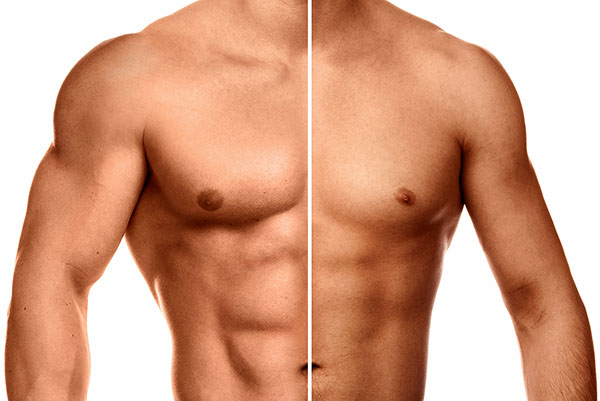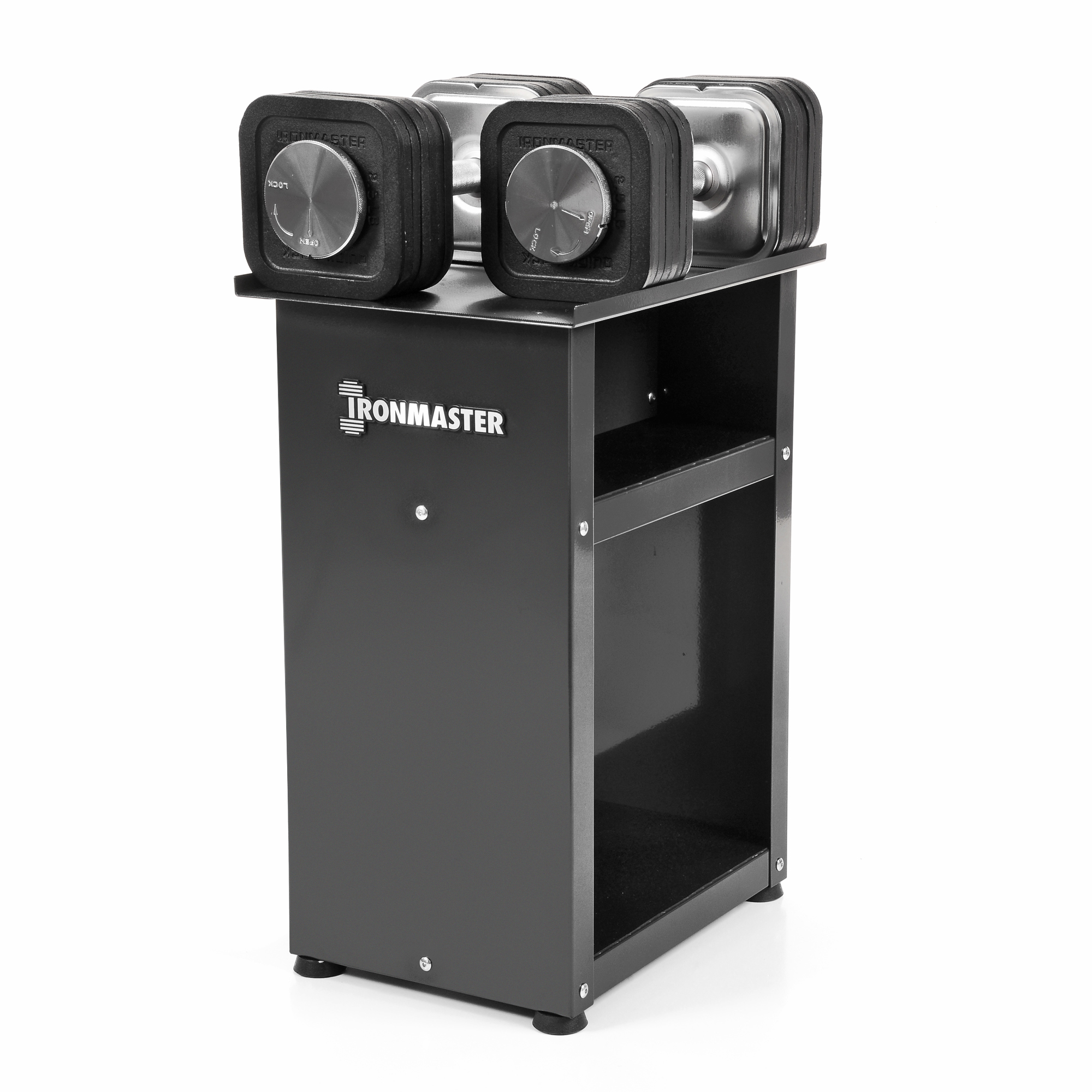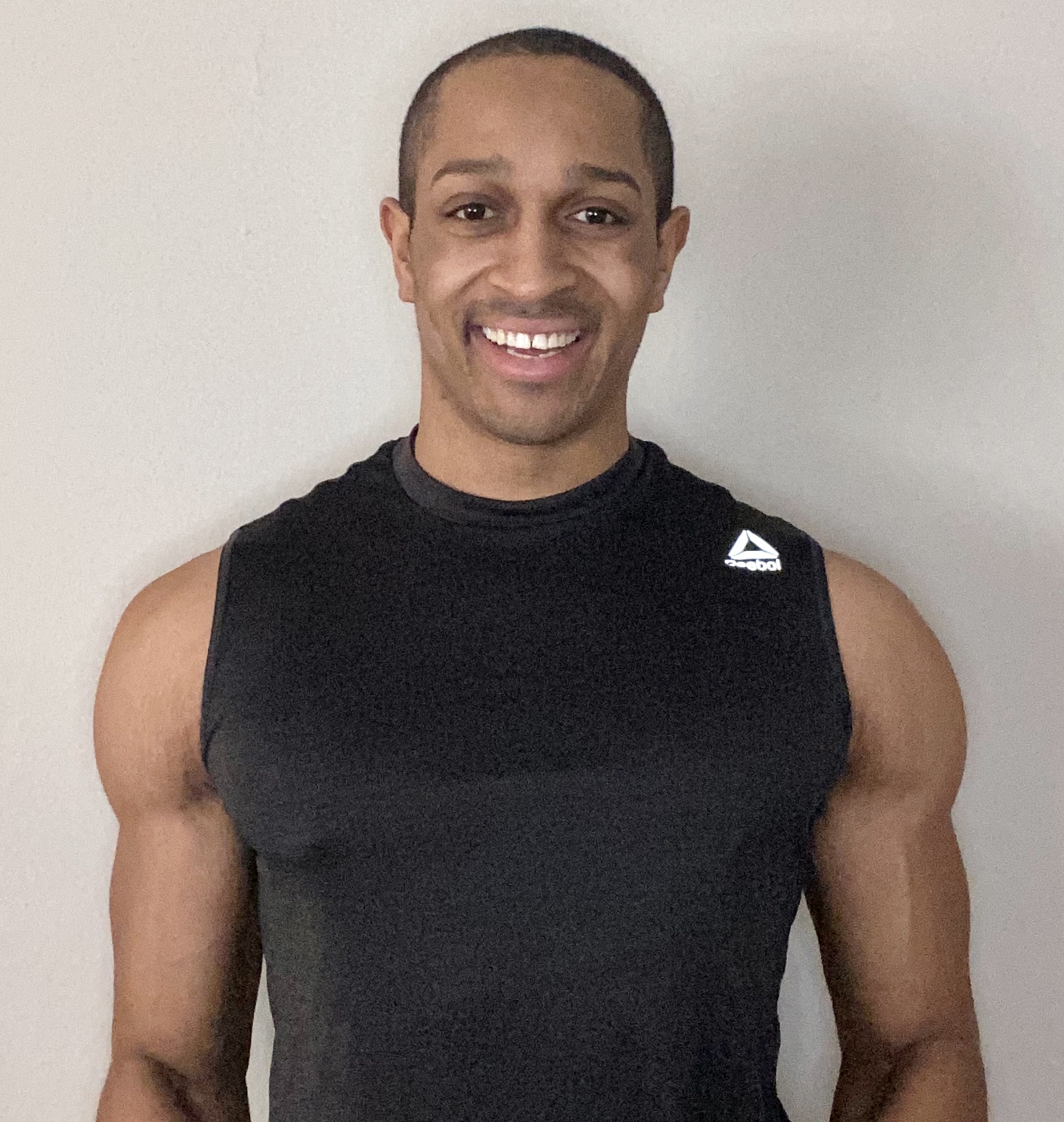Blog
Ensure Your Gains with Hypertrophy Training
All aboard the muscle-gain train. Hypertrophy training has just entered the station!
Your Guide to Hypertrophy Training
Are you struggling to get the t-shirt arm-busting muscles you dream of? Has the well run dry on your muscle-building gains?
If you crave bigger muscles—the bulging biceps, chiseled chest, and iron legs (by the way, you should never skip leg day), then hypertrophy training can be a real game-changer for you.
So, no matter if you’re a seasoned pro or a strength training beginner, let’s take a look at why you should be following a hypertrophy training program to build muscle.
You’ll learn about:
- Ideal sets and reps
- Training splits and best exercises for hypertrophy
- How to implement hypertrophy training at home
What Exactly Is Hypertrophy Training?
If you’re lifting weights, then odds are you’re looking to build some muscle. And hypertrophy training is widely considered the holy grail of muscle-building formulas.
Lifting weights puts stress on your body and your body is smart. It knows that it has to adapt to the stress you’re putting it under. So, in order to keep up, your body grows muscle to help it adapt to the stress. Essentially, lifting weights commands your body to build muscle.
You can think of it as a two-part process. First, you literally break muscle down during your workouts (and by literally, working out can actually cause little mini micro-tears in your muscle fibers). Then, it’s during the recovery process that hypertrophy occurs and your muscles come back bigger and stronger than before.
On the flip side of hypertrophy is muscle atrophy. If you’ve ever had an injury or been out of the gym for an extended period of time, you might look in the mirror at some point and think to yourself “Where did all my muscles go?”
Inactivity causes your body to shed muscle in an attempt to preserve energy. The more muscle you have, the more energy your body uses. So, when you stop lifting weights for a while, your body gets rid of your muscle and uses the energy elsewhere.

Hypertrophy vs. Strength Training
Strength training is exactly how it sounds—you’re training to get stronger and lift more weight. While you can still build muscle with strength training, it isn’t the primary focus.
Powerlifters are a great example. Their main goals are generating power and lifting the most weight possible. Typically, fewer sets and reps make up a true strength training program ( i.e. 3-5 sets of 2-6 reps) and the weight you’re lifting is heavier.
Hypertrophy training, on the other hand, is predicated on aesthetics. If you’re training for hypertrophy, you want bigger muscles and more definition. The world of bodybuilding hinges on hypertrophy training and progressive overload to achieve stage-ready physiques.
When it comes to training, there’s more volume in a hypertrophy workout plan (ideally, 3 sets of 6-12 reps per exercise) to help you pack on the muscle.
Hypertrophy Training Basics
As we just mentioned, the muscle gains from hypertrophy training come from its higher workout volume. When structuring a hypertrophy workout, most experts agree the sweet spot for sets and reps is right around 3 sets and between 6-12 reps each, depending on the exercise.
Having more volume in your workouts isn’t enough to trigger muscle growth. It’s important, but muscle hypertrophy comes from really pushing yourself during your workouts. If you aren’t struggling with the last few reps of a set, then it’s time to increase the weight you’re using. Volume—along with intensity, progressive overload, and muscular tension—are what lead to the best hypertrophy training results.
Sometimes, it’s easy to get caught up in the mindset that you have to be constantly moving and sweating to have a good workout. And while you definitely want to be pushing yourself, it’s super important with hypertrophy training to give your body enough rest time in between sets. That way, you can give 100% effort on your next set.
Plan on resting for 1-2 minutes after each set. Using squats as an example, you might perform 3 sets of 8 reps. In between each set, you would rest for 1-2 minutes.
Hypertrophy Training Splits
Depending on your goals and how much time you have, there are various ways you can split up your workouts.
Check out the training splits below for how you might want to consider splitting up your hypertrophy training program:
- PPL (push-pull-legs) — Probably one of the most popular training splits. One workout gets dedicated to your “push” muscles (like chest, shoulders, and triceps), another day you focus on “pull” muscles (back and biceps), and last but not least, we have lower body.
- Upper/lower body training split — One day, you focus on upper body and the next you go lower body.
- Total-body split — This split is exactly how it sounds. Every time you train, you hit every muscle group. That’s your push muscles, pull muscles, and legs all in one workout.
Best Exercises for Hypertrophy
You get the most bang-for-your-workout-buck with compound movements (i.e. squats, deadlifts, bench press), so these are some of the best exercises you can do for hypertrophy training. Since compound movements target multiple muscle groups, make sure you place these at the beginning of your workouts, before isolation movements like bicep curls, tricep extensions, or lateral raises.
A standard push workout (chest, shoulders, and triceps) might look like this:
- Flat barbell bench press: 3 sets x 8 reps
- Dumbbell incline bench: 3 sets x 10 reps
- Cable chest fly: 3 sets x 10 reps
- Dumbbell lateral raises: 3 sets x 10 reps
- Cable tricep press down: 3 sets x 12 reps
Hypertrophy Training at Home
If you have a sweet home gym set up, that’s great! But a ton of equipment isn’t required for hypertrophy training.
In fact, Ironmaster Quick-Lock Adjustable Dumbbells were designed to help you get a solid workout in from anywhere, especially at home!

If training at home is your thing, here’s a quick hypertrophy leg workout for you to try:
- Dumbbell front squat: 3 sets x 10 reps
- Dumbbell stiff leg deadlift: 3 sets x 8 reps
- Dumbbell goblet squat: 3 sets x 10 reps
- Dumbbell reverse lunges: 3 sets x 8 reps (each leg)
- Dumbbell calf raises: 3 sets x 12 reps
Key Takeaways
Hypertrophy training can help beginners and novices alike achieve their muscle-building goals. Keep these key points in mind:
- Think volume when you think hypertrophy training. When combined with 100% effort, progressive overload, and muscular tension, you have a formula for muscle-building success.
- Start with around 3 sets and between 6-12 reps for each exercise. Give it your all during each working set and make sure you get ample rest (1-2 minutes) in between sets.
- Since they target multiple muscle groups, compound exercises are some of the best exercises for hypertrophy.
- Don’t have a gym or just feel like working out from home? You can get an effective hypertrophy training workout with just a pair of dumbbells.
Now that you’re in the know about hypertrophy training, it’s time to grab your weights and get started building the muscle you want!
For more exercise ideas to include in your hypertrophy training program, check out our top dumbbell chest and leg exercises:
About the Author:

Chad Richardson is a freelance writer from Cincinnati, OH. When he’s not cooking up content, you can find Chad at the gym getting his Arnold Schwarzenegger on, scrolling through Netflix trying to find a new binge-worthy show, or out rooting on his hometown sports teams with some friends.

No Comments Yet